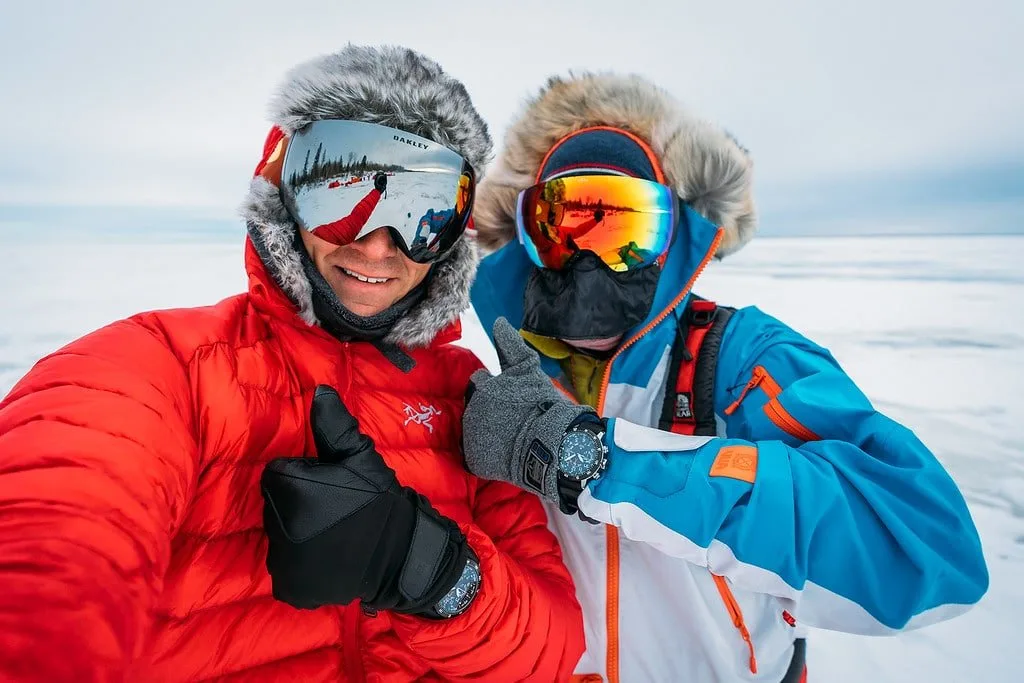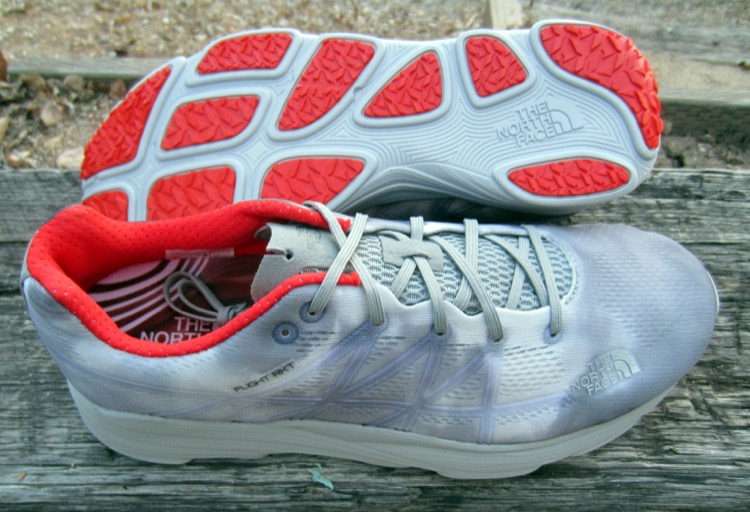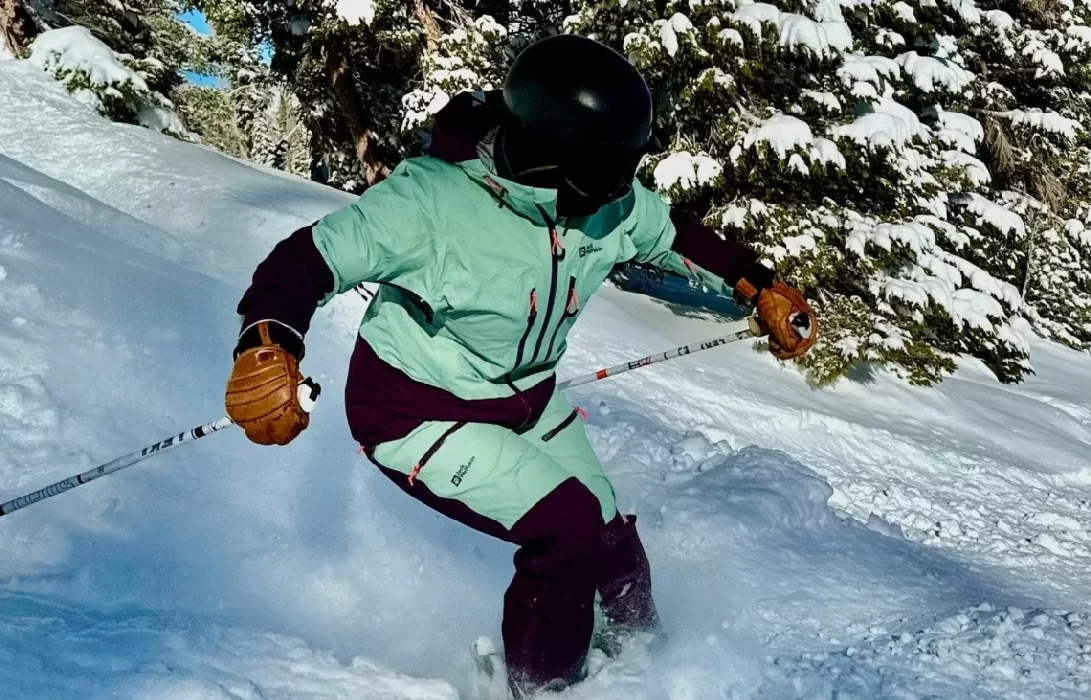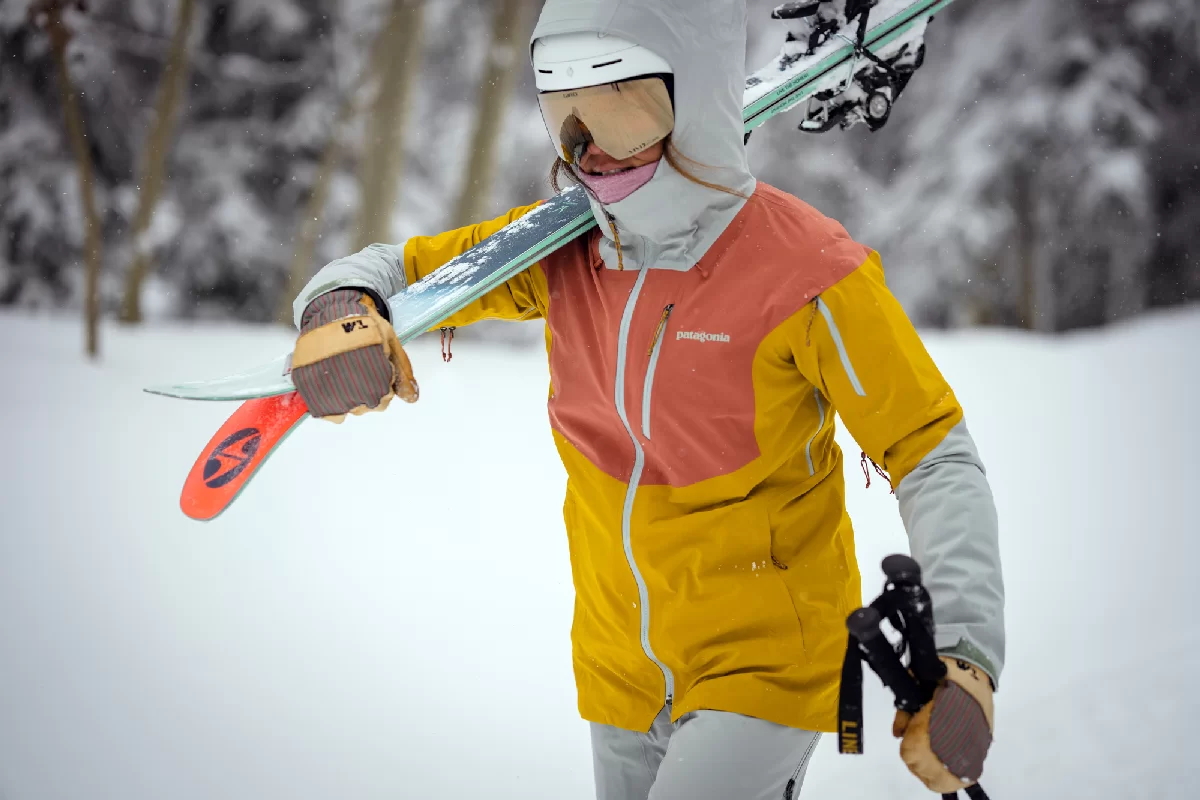Winter offers a unique and enchanting landscape for outdoor enthusiasts, but it also presents specific challenges that require careful preparation and the right gear. Whether you’re planning to hike through snow-covered trails, embark on a winter camping trip, or engage in snow sports like skiing or snowshoeing, having the right equipment can make all the difference. In this guide, we will explore the best gear for cold weather expeditions, ensuring you stay warm, safe, and comfortable during your winter adventures.
1. Insulated Outerwear: The Foundation of Warmth
When venturing into cold weather, your outerwear is your primary defense against the elements. The right insulated clothing will help you maintain body heat while allowing for flexibility and breathability.
a. Winter Jacket
Invest in a high-quality winter jacket that is both insulated and waterproof. Look for features such as:
- Insulation Type: Down insulation offers excellent warmth-to-weight ratio but can lose its insulating properties when wet. Synthetic insulation, on the other hand, retains warmth even when damp.
- Waterproofing: A waterproof and breathable shell will keep you dry in snow and rain. Look for jackets with Gore-Tex or similar membranes.
- Adjustable Features: Hoods, cuffs, and hems that can be adjusted help seal in warmth and keep cold air out.
b. Base Layers
Base layers are essential for regulating body temperature and moisture management. Opt for moisture-wicking materials like merino wool or synthetic fabrics that provide insulation without bulk. Look for:
- Long-Sleeve Tops: Choose fitted tops that can be layered easily.
- Bottoms: Long underwear or thermal leggings that fit comfortably under your outer layers.
2. Insulated Pants
Just as important as your upper body, insulated pants provide warmth and protection for your legs. Here are some options:
a. Insulated Snow Pants
These pants are designed for winter sports and activities, providing warmth and waterproofing. Look for features such as:
- Insulation: Choose between synthetic and down insulation based on your activity level and preferences.
- Reinforced Knees and Seat: Reinforced areas provide extra durability and protection against wear and tear.
- Ventilation Zippers: These allow for temperature regulation during high-output activities.
b. Softshell Pants
For activities like snowshoeing or winter hiking, softshell pants offer a balance of warmth, breathability, and flexibility. Look for water-resistant materials that provide mobility while keeping you warm.
3. Footwear: Keeping Your Feet Warm and Dry
Your feet are especially vulnerable to cold and wet conditions, making proper footwear essential for winter expeditions.
a. Insulated Winter Boots
Choose boots designed for cold weather that provide insulation and waterproofing. Key features to consider:
- Insulation Rating: Look for boots with adequate insulation for the temperatures you expect. Ratings are typically given in grams (e.g., 200g, 400g).
- Waterproofing: Ensure the boots are waterproof to keep your feet dry in snow and slush.
- Traction: A good outsole with deep lugs will provide traction on icy and snowy surfaces.
b. Wool or Synthetic Socks
Invest in high-quality socks made from merino wool or synthetic materials. These materials wick moisture away from your skin, keeping your feet warm and dry. Avoid cotton socks, as they retain moisture and can lead to cold feet.
4. Accessories: Small Items, Big Impact
Accessories play a crucial role in keeping you warm and comfortable during winter activities. Here are key items to include:
a. Hats and Beanies
A significant amount of body heat is lost through the head, so wearing a warm hat or beanie is essential. Look for:
- Insulating Materials: Wool or fleece hats that trap warmth are ideal.
- Ear Coverage: Choose hats that cover your ears for added protection against the cold.
b. Gloves or Mittens
Your hands are also susceptible to cold, so invest in quality gloves or mittens:
- Insulation: Look for gloves with adequate insulation and waterproofing.
- Mittens vs. Gloves: Mittens provide more warmth by allowing fingers to share heat, but gloves offer better dexterity.
c. Scarves and Neck Gaiters
A scarf or neck gaiter can provide extra warmth for your neck and face. Look for:
- Material: Fleece or wool options are warm and comfortable.
- Versatility: Gaiters can be pulled up over your face for additional protection against wind and cold.
5. Sleeping System: Staying Warm at Night
If your winter adventure involves camping, ensuring a warm sleeping system is crucial for a good night’s rest.
a. Sleeping Bag
Choose a sleeping bag rated for cold temperatures with features such as:
- Insulation: Look for down or high-quality synthetic insulation that provides warmth without bulk.
- Temperature Rating: Ensure the bag is rated for temperatures lower than you expect to encounter.
- Draft Collar: A draft collar helps seal in warmth around your neck.
b. Sleeping Pad
An insulated sleeping pad adds warmth and comfort when sleeping on cold ground. Look for:
- R-Value: The R-value indicates thermal resistance; choose a pad with a higher R-value for winter camping.
- Thickness: A thicker pad provides better insulation and comfort.
6. Cooking Gear: Warm Meals in the Cold
Cooking in winter conditions can be challenging, so having the right gear is essential.
a. Camp Stove
A reliable camp stove is crucial for winter cooking. Look for:
- Performance in Cold Weather: Choose a stove designed to work efficiently in low temperatures, such as canister stoves with winter blends.
- Stability: A sturdy stove will prevent spills and accidents while cooking on uneven surfaces.
b. Cookware
Lightweight cookware is essential for preparing meals in freezing temperatures. Look for:
- Material: Aluminum or titanium cookware is lightweight and heats quickly.
- Compatibility: Ensure your cookware is compatible with your stove and can handle winter cooking needs.
7. Navigation and Safety Gear
Cold weather can change quickly, so navigation and safety gear are essential for winter expeditions.
a. Map and Compass
Traditional navigation tools are crucial, as GPS devices may fail in harsh conditions. A detailed map and a reliable compass will help you stay oriented.
b. Avalanche Safety Gear
For winter sports enthusiasts, especially skiers and snowboarders, avalanche safety gear is essential. This includes:
- Avalanche Beacon: A device for locating people buried in an avalanche.
- Probe: Helps locate a buried person more quickly.
- Shovel: Essential for digging out snow and for avalanche safety.
c. First Aid Kit
A well-stocked first aid kit is critical for managing injuries. Include items such as bandages, antiseptic wipes, pain relievers, and any personal medications.
8. Hydration: Staying Hydrated in the Cold
Staying hydrated is crucial, even in cold weather. However, water can freeze quickly, so consider the following:
a. Insulated Water Bottle
An insulated water bottle keeps your drinks from freezing, ensuring you stay hydrated throughout your adventure. Look for bottles with double-walled vacuum insulation.
b. Hydration Reservoir
If you prefer a hydration system, choose an insulated reservoir and tube to help prevent freezing during your winter activities.
9. Planning and Preparation
Proper planning is essential for a successful winter expedition. Here are some tips to consider:
- Research Weather Conditions: Check forecasts and be aware of potential storms or temperature drops.
- Plan Your Route: Choose a route that matches your skill level and experience.
- Inform Others: Let someone know your plans, including your intended route and expected return time.
10. Leave No Trace Principles
As you prepare for your winter adventures, remember to follow Leave No Trace principles to minimize your impact on the environment. This includes planning ahead, camping on durable surfaces, and properly disposing of waste.
Conclusion
Winter expeditions provide an incredible opportunity to explore the beauty of snow-covered landscapes, but they require careful preparation and the right gear to ensure safety and comfort. From insulated outerwear and footwear to reliable cooking gear and navigation tools, being well-equipped will enhance your experience in the great outdoors. By investing in quality gear and following best practices, you can make the most of your winter adventures and create unforgettable memories in a winter wonderland. Happy exploring!











